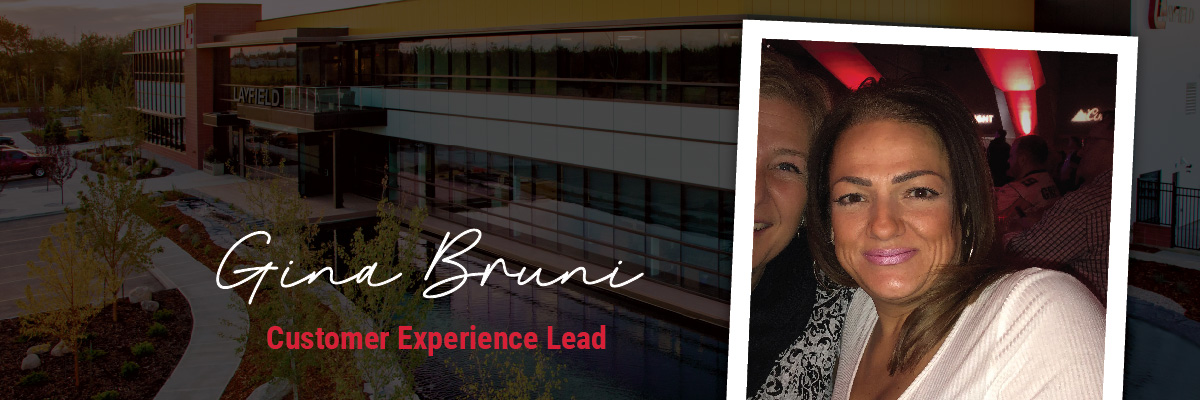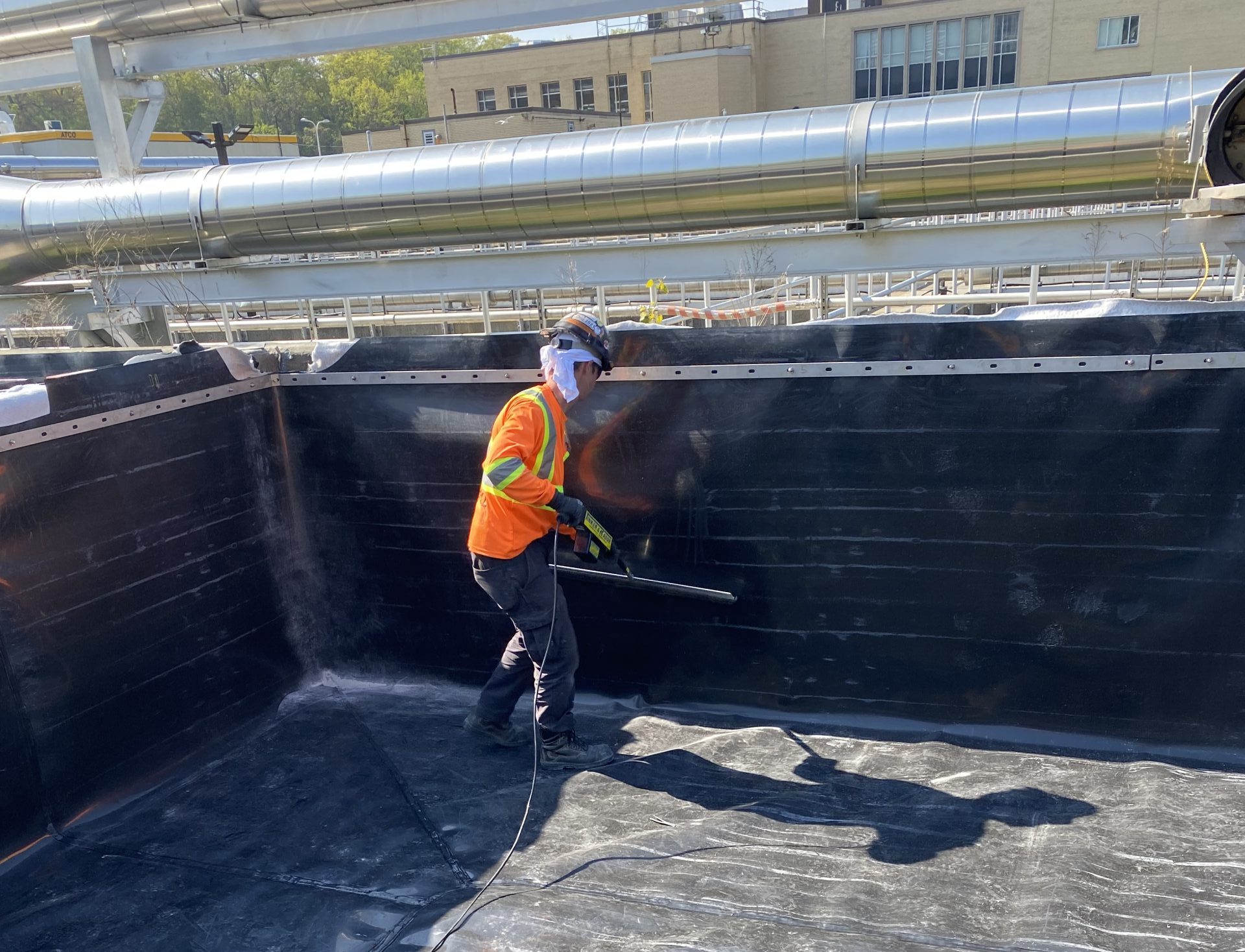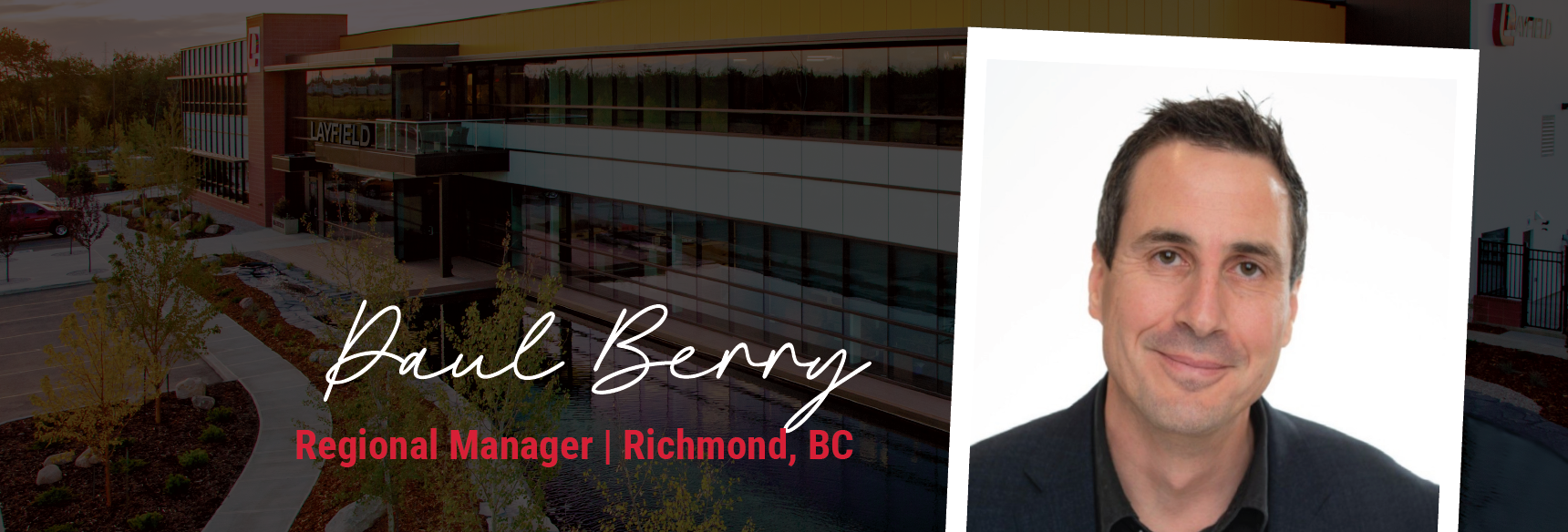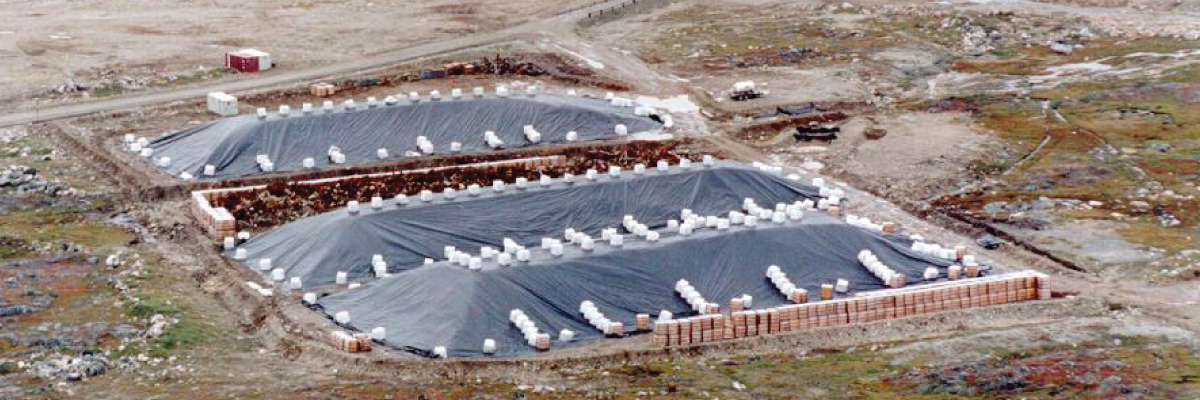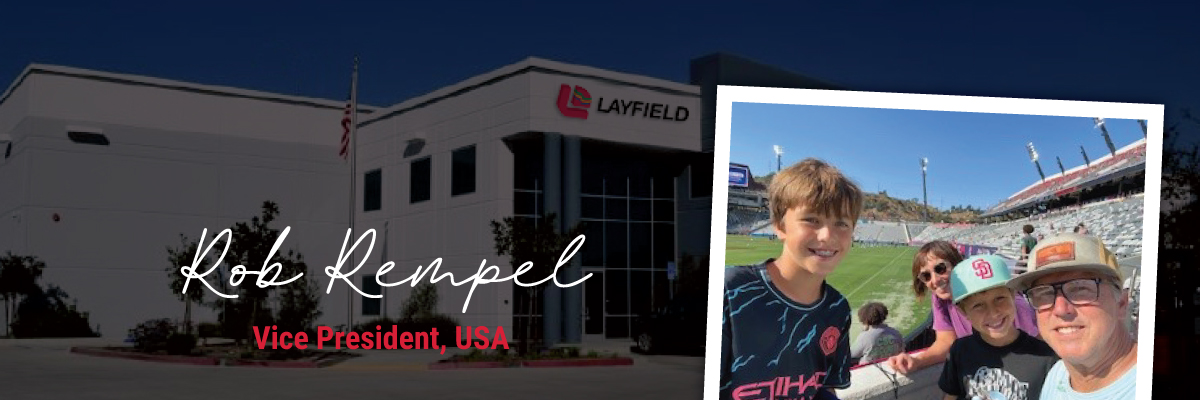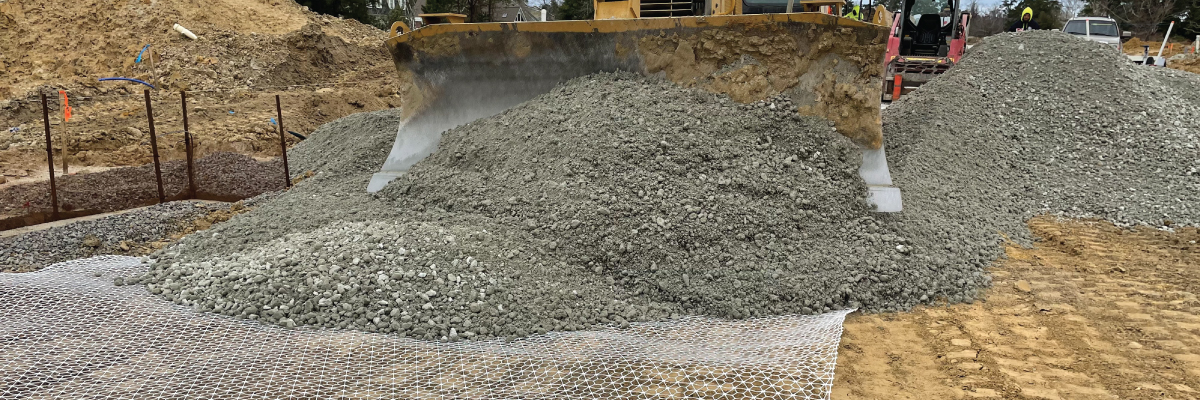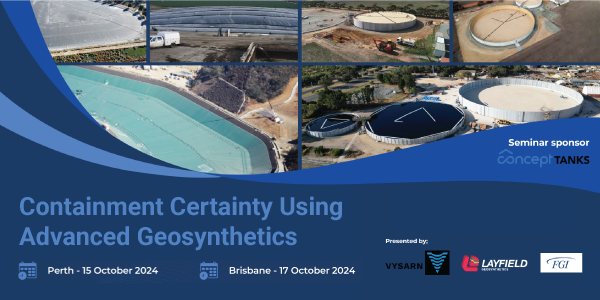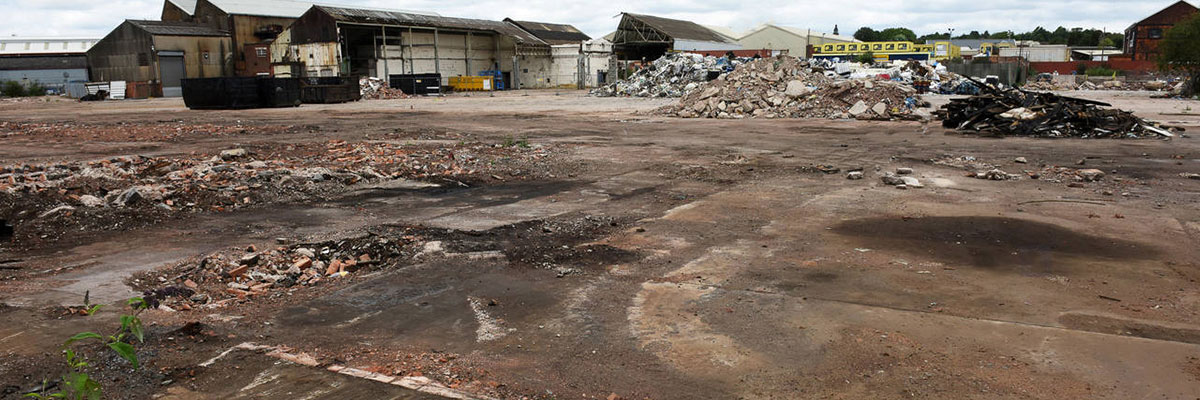Written by Justin Gouthreau | Engineering Business Manager
In today’s major cities, there is an opportunity to redevelop brownfield sites that factories or other industrial operations had once occupied. These abandoned, contaminated brownfield sites are often situated close to urban centers with supporting infrastructure already in place. These lands present an excellent opportunity for redevelopment into parks, commercial, and residential properties; however, they also require a plan to address the contaminated soils. Typical contaminants left behind can include BTEX, Petroleum hydrocarbons, VOCs, chlorinated solvents such as TCE/PCE, radon, and metals.
Developers have few options available to deal with these contaminants. Onsite treatment or excavation, which requires hauling away contaminated soils and replacing them with clean soils, is an option. However, the process is time-consuming and costly. Another option is leaving the soils in place and installing a soil gas and water vapor barrier system to isolate the subsurface soils, preventing harmful vapors from entering the building above.
The function of the under-slab vapor barriers
The function of an underbuilding barrier is to limit the upward movement of soil gases and water vapors through the concrete slab and into the building envelope above. The vapor and soil gas barriers are prefabricated sheets, or liquid applied/spray-applied systems installed continuously beneath the slab to create a barrier. The type and level of contaminants are site-specific, so evaluation of the pollutants and selection of the correct barrier to suit the application is required. Vapor barrier types can be classified as critical or non-critical depending on the type of soil gas, vapor, or contaminant to be managed.
Soil gas and water vapor barrier types:
Non-critical under-slab barrier – Water vapor or moisture barriers can be classified as non-critical. In these brownfield applications, there is a higher tolerance for leakage, which may occur due to improper installation techniques and damage during the installation. In these non-critical applications, a flexible prefabricated 10mil or 15mil thick polyethylene sheet installed beneath the concrete floor slab is typically adequate to manage moisture from below. These water vapor barriers are manufactured following the ASTM E1745 Class A Standard.
Vapor barriers such as Layfield’s VaporFlex® are readily available in stock roll sizes and include the required accessories for a general contractor to complete the installation. Generally, seams and penetrations are overlapped and taped, with the edges of the barrier sealed to perimeter walls using a mastic. No special tools or equipment are required per the manufacturers’ instructions to complete the installation. Typically, there is no testing performed with QA/QC limited to the manufacturer’s mil certs and contractor’s workmanship. Although tapes for vapor barriers are specifically manufactured and tested for use, there is always a risk of leakage through the tape if it loses adhesion, especially in wet or low-temperature sites. There is no testing available to test the integrity of these seams.
Critical Under-slab Barrier – On sites contaminated with hydrocarbons, solvents, or VOCs, a more robust barrier system is required to prevent subsoil gases from traveling up into the building from below. Typically, a 30mil or 40mil thick ultralow permeability barrier such as Layfield’s Vaporflex® Premium EVOH barrier is required in these applications.
The design and installation of these systems are site-specific and should be completed by a certified geomembrane installer. All seams are welded, leak tested, and documented in the QA/QC package. The perimeter of the barrier system is typically folded and compressed to a footing or wall using a mechanical attachment consisting of a flat bar, gasket, wedge anchors, and a sealant. Upon completion, the entire barrier system can be tested to confirm integrity. Testing procedures include Vacuum Acoustic Leak Detection (VALID) and Electronic Leak Location Survey and Smoke Testing (ELLS). It is also good practice to complete the test immediately after the soil gas barrier is installed and a second test shortly before the concrete slab is poured.
There is a significant opportunity to develop existing brownfield sites with a decreasing number of greenfield sites available for development in urban centers. Layfield’s Technical Services group works with industry experts to develop a reliable and functional barrier system for these projects. With over 45 years of experience in the manufacturing and installation of geomembranes, Layfield specializes in underbuilding barrier systems. We offer complete solutions for both critical and non-critical under-slab applications.
Related Articles
View All News